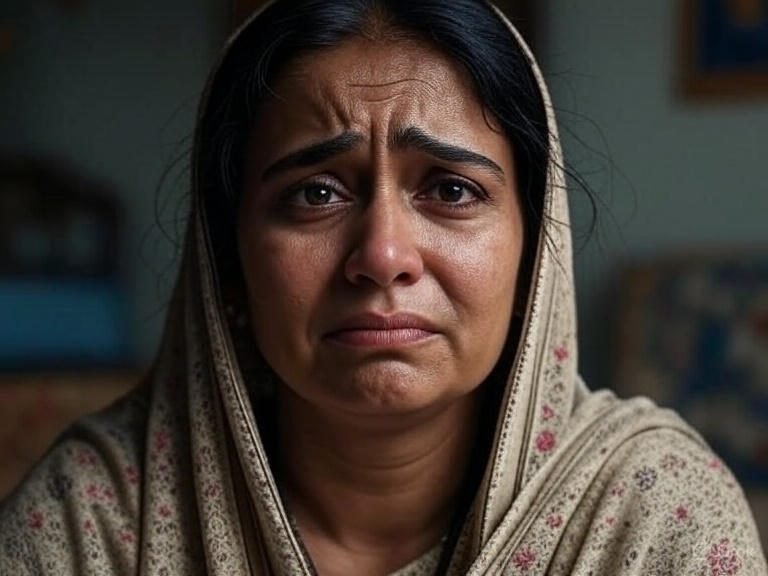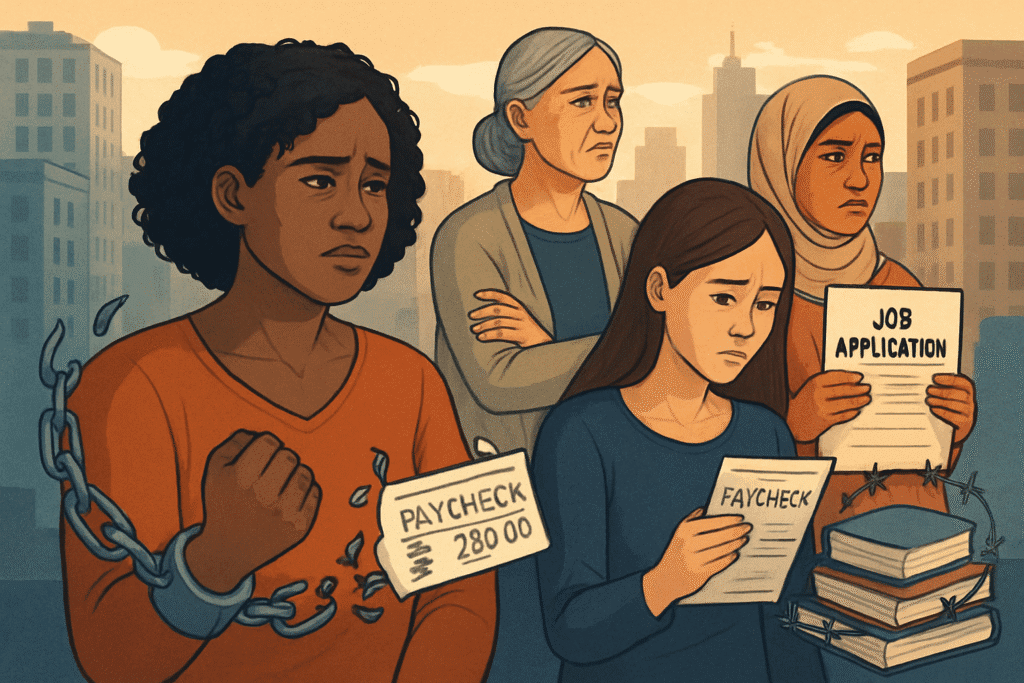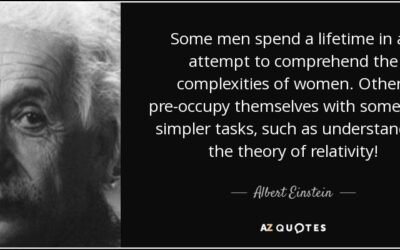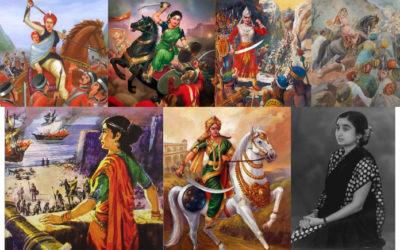Table of Contents
- Introduction
- Historical and Cultural Roots of Divorce Stigma
- The Current Landscape of Divorce Stigma in Modern India
- Psychological Impacts of Divorce Stigma on Women
- Socio-Economic Challenges Faced by Divorced Women
- Legal Framework and Barriers in Divorce Proceedings
- Personal Stories and Experiences of Divorced Women
- Efforts to Combat Divorce Stigma
- Conclusion
Introduction
In the tapestry of modern Indian society, where rapid urbanization, technological advancements, and shifting gender roles are reshaping traditional norms, one persistent thread remains: the profound divorce stigma attached to women who end their marriages. Divorce stigma refers to the societal judgment, ostracism, and negative labeling that divorced individuals, particularly women, face, often portraying them as failures or morally compromised. This phenomenon is deeply entrenched in India’s cultural fabric, where marriage is not just a union between two individuals but a sacred institution binding families, communities, and even castes. Despite India’s low overall divorce rate—estimated at around 1% of marriages, or roughly 0.01 divorces per 1,000 people as of recent analyses—this statistic masks a complex reality. The low rate is less a testament to marital bliss and more a reflection of the immense social pressure, economic dependencies, and legal hurdles that discourage women from seeking separation.
In urban centers like Delhi, Mumbai, and Bengaluru, divorce rates have climbed to over 30% in some estimates, signaling evolving attitudes among educated and financially independent women. Yet, even here, divorce stigma persists, manifesting in subtle and overt ways: whispered gossip at family gatherings, discriminatory treatment in the job market, or outright rejection in remarriage prospects. For women, this stigma is amplified by patriarchal expectations that view them as the primary custodians of family honor. A divorced woman is often labeled “secondhand” or “wasted,” her worth diminished in a society that equates female value with marital status. This article delves into the multifaceted dimensions of divorce stigma in contemporary India, exploring its historical roots, current manifestations, psychological and socio-economic tolls, legal barriers, personal narratives, and emerging efforts to dismantle it. By examining these aspects, we aim to foster a deeper understanding of how divorce stigma not only hinders individual empowerment but also perpetuates gender inequalities in a nation striving for modernity.
The relevance of addressing divorce stigma cannot be overstated. With India’s population exceeding 1.4 billion and marriages numbering in the millions annually, the ripple effects of this stigma touch countless lives. Recent projections suggest that by 2030, urban divorce rates could rise further, closing the gap with rural areas as social changes permeate deeper. However, the stigma’s grip remains tight, often forcing women into toxic relationships rather than facing societal backlash. In a country where domestic violence affects 32% of married women aged 18-49, the fear of divorce stigma can be life-threatening, leading to suicides or murders disguised as accidents. As India navigates its demographic dividend and economic growth, confronting divorce stigma is essential for promoting women’s rights, mental health, and societal progress.
Historical and Cultural Roots of Divorce Stigma
To comprehend the enduring divorce stigma in modern India, one must trace its origins to ancient cultural, religious, and social structures. Hinduism, the predominant religion influencing marital norms, historically viewed marriage as a sacrament (samskara) indissoluble in this lifetime, with texts like the Manusmriti emphasizing wifely devotion and endurance. Divorce was rare and socially condemned, often equated with moral failure, particularly for women who were expected to embody pativrata (devotion to husband). In Islamic traditions prevalent in India, while talaq (divorce) is permitted, it carries stigma for women, who may lose custody or face community ostracism. Similarly, in Sikh and Christian communities, divorce was historically discouraged, reinforcing a pan-Indian ethos of marital permanence.

Colonial influences exacerbated this through laws like the Hindu Marriage Act of 1955, which introduced divorce but retained conservative grounds, making it accessible primarily to the elite. Post-independence, as India modernized, arranged marriages remained the norm, with love marriages stigmatized as precursors to divorce. Caste played a pivotal role; higher castes, with stricter endogamy rules, amplified divorce stigma to preserve lineage purity. In rural India, where 65% of the population resides, joint family systems enforced conformity, viewing divorce as a threat to familial harmony and economic stability.
Colonial influences exacerbated this through laws like the Hindu Marriage Act of 1955, which introduced divorce but retained conservative grounds, making it accessible primarily to the elite. Post-independence, as India modernized, arranged marriages remained the norm, with love marriages stigmatized as precursors to divorce. Caste played a pivotal role; higher castes, with stricter endogamy rules, amplified divorce stigma to preserve lineage purity. In rural India, where 65% of the population resides, joint family systems enforced conformity, viewing divorce as a threat to familial harmony and economic stability.
This historical baggage persists today, manifesting in proverbs like “Shaadi ka laddoo jo khaye pachhtaye, jo na khaye woh bhi pachhtaye” (Marriage is a sweet that brings regret whether you eat it or not), which trivializes marital discord while underscoring endurance. Women bore the brunt, as societal honor (izzat) was tied to their chastity and submissiveness. Even in the 21st century, echoes of sati (widow immolation) ideals romanticize female sacrifice, making divorce seem like betrayal. Parallels in neighboring South Asian countries, such as Pakistan, reveal similar patriarchal frameworks where divorce stigma labels women as “manhoos” (inauspicious), excluding them from social events and reinforcing isolation.
Cultural media, from Bollywood films like Kabhi Alvida Naa Kehna (which portrayed divorce as taboo) to television soaps glorifying suffering wives, perpetuate these norms. However, globalization and feminism are challenging this. Younger generations, influenced by Western media and education, question arranged marriages, yet the stigma lingers, especially in conservative pockets. For instance, in states like Maharashtra and Gujarat, with higher divorce numbers per the 2011 Census, urban migration has increased separations, but rural stigma remains unyielding. Thus, divorce stigma is not merely a relic but a living force, evolving yet resilient in India’s cultural landscape.
The Current Landscape of Divorce Stigma in Modern India
In contemporary India, divorce stigma has morphed but not diminished, creating a dichotomy between progressive urban enclaves and traditional rural heartlands. Urban areas witness rising divorce rates—up to 30% in metros like Delhi and Mumbai—driven by women’s education, workforce participation, and exposure to global ideas. Here, social media and dating apps empower women to seek fulfillment beyond unhappy marriages, yet stigma manifests in subtle forms: professional discrimination, where divorced women are overlooked for promotions assuming instability, or matrimonial sites labeling them as “divorcees” with reduced prospects.
In contrast, rural India clings to lower rates (around 1%), where divorce is equated with family dishonor, often leading to honor killings or forced reconciliations. Women in villages face community boycotts, barred from wells or temples, reinforcing their dependence on patriarchal structures. Caste and class intersect; middle-class women in higher castes endure more scrutiny, while lower castes may have informal separations but still bear stigma.
Media and pop culture play dual roles. While shows like Four More Shots Please! normalize singlehood, conservative narratives dominate, portraying divorced women as antagonists.

Social media amplifies stigma through trolling, as seen in X posts where users debate low divorce rates as evidence of “strong Hindu values,” ignoring underlying coercion. Economic shifts, with women’s labor force participation at 37% in 2023, enable exits from toxic unions, but financial independence is uneven, leaving many trapped.
Emerging trends include “grey divorces” among older couples and DINK (Double Income, No Kids) lifestyles, challenging norms. Yet, stigma deters reporting; many separations go undocumented, skewing statistics. In Kerala, with higher literacy, divorce rates are elevated due to reduced stigma, offering a model for change. Overall, modern India’s divorce stigma reflects a society in transition: progressive on the surface, but deeply rooted in gender biases that penalize women for prioritizing self-respect over societal approval.
Psychological Impacts of Divorce Stigma on Women
The psychological burden of divorce stigma weighs heavily on Indian women, often exacerbating the trauma of marital dissolution. Post-divorce, women grapple with internalized shame, feeling like societal failures for not sustaining the “ideal” marriage. This manifests in depression, anxiety, and low self-esteem, with studies showing 72% of divorced women experiencing mental stress. The constant judgment—labels like “failed wife” or “characterless”—erodes self-worth, leading to isolation and suicidal ideation.
In South Asian contexts, similar to India, women report helplessness and guilt, hiding emotions to appear resilient while enduring verbal and emotional abuse pre-divorce. The stigma amplifies grief, turning personal loss into public spectacle. For mothers, custody battles intensify distress, fearing societal views of them as unfit parents.
Therapeutic insights reveal that narrative coherence and self-compassion mediate adjustment, yet stigma hinders healing. Urban women, with access to counseling, fare better, but rural ones lack resources, compounding loneliness. Social media’s role is ambivalent: it connects support groups but exposes women to cyberbullying, deepening trauma.
Long-term effects include trust issues in relationships and fear of remarriage, perpetuating cycles of emotional suppression. Initiatives like divorce retreats offer solace, where storytelling fosters resilience, helping women reframe divorce as empowerment rather than defeat. Addressing this requires mental health integration into divorce proceedings, destigmatizing therapy to aid women’s psychological recovery.
Socio-Economic Challenges Faced by Divorced Women
Divorce stigma intersects with socio-economic realities, leaving Indian women vulnerable to financial instability and social exclusion. Many enter marriage without independent assets, relying on husbands, so post-divorce, they face poverty—especially if uneducated or unskilled. In Pakistan’s parallel context, divorced women earn meager wages (15,000-50,000 rupees), struggling with childcare and housing discrimination. Similarly in India, landlords shun single mothers, and job markets discriminate, viewing divorced women as unreliable.

Economic dependence pre-divorce forces endurance of abuse; post-separation, alimony is erratic due to lengthy courts. Urban women with careers navigate better, but rural ones, often in agriculture, lose land rights. Stigma affects remarriage, limiting economic alliances.
Child support enforcement is weak, burdening women with sole parenting costs. Rising urban divorces highlight empowerment, yet stigma hinders progress, as seen in X discussions where low rates mask financial traps. Policy reforms for equitable asset division and skill programs are crucial to mitigate these challenges.
Legal Framework and Barriers in Divorce Proceedings
India’s legal system, while progressive on paper, amplifies divorce stigma through protracted processes and gender biases. The Hindu Marriage Act (1955), Special Marriage Act (1954), and Muslim Personal Law allow divorce on grounds like cruelty and desertion, but proceedings can drag for years—averaging 3-5 in contested cases—deterring women fearing public exposure.
Women face evidentiary burdens in proving abuse, often without support, while men leverage resources for delays. Alimony under Section 125 CrPC provides maintenance, but enforcement is lax, leaving women destitute. Child custody favors mothers for young children, but stigma portrays them as unstable.
Triple talaq’s ban in 2019 empowered Muslim women, yet cultural stigma persists. Legal aid is inadequate in rural areas, and courtrooms’ adversarial nature heightens trauma. Reforms like no-fault divorce could reduce stigma, but resistance from conservative lobbies prevails. X posts highlight how lengthy processes trap women in toxic unions. Streamlining laws and sensitizing judiciary are key to easing barriers.
Personal Stories and Experiences of Divorced Women
Personal narratives illuminate the raw impact of divorce stigma. Seema Jayadevan, after a failed love marriage, faced embarrassment but found happiness in an arranged second union, regretting defying parents initially. Vanisha Purohit escaped a disrespectful in-law dynamic, calling it her best decision despite ongoing judgment.
Mandeep Dhillon, divorced before 30, endured comments about “wasting her womb,” highlighting reproductive stigma. Sruthi Patel faced discrimination but credits her mother’s support for resilience.
In retreats, Surya Kalarikkal, post-traumatic marriage, gained courage to sue for defamation, feeling stigma-free among peers. Shifna found sisterhood, motivating forward movement.
X users share: one notes stigma keeps women in abusive marriages, another critiques low rates as patriarchal coercion. These stories reveal stigma’s toll but also women’s agency in reclaiming narratives.
Efforts to Combat Divorce Stigma
Emerging initiatives are challenging divorce stigma head-on. Rafia Afi’s Break Free Stories organizes retreats in Kerala, where women hike, dance, and share stories, reframing divorce as beautiful. Legal sessions by Zaki J educate on rights, empowering survivors.
NGOs like Maitri and women’s collectives offer counseling and vocational aid. Social media campaigns normalize divorce, with influencers like Samantha Ruth Prabhu speaking out against labels like “secondhand.”
In urban India, support groups on X foster discussions, reducing isolation. Educational reforms and media portrayals are shifting perceptions slightly, but sustained efforts are needed for cultural change at the grassroots.
Conclusion
Divorce stigma in modern Indian society remains a formidable barrier, but cracks are appearing. As women gain education and independence, the low divorce rate—once a point of pride—reveals underlying coercion rather than harmony. By addressing psychological scars, economic hurdles, and legal inefficiencies, India can foster a more equitable future. Empowering women to choose freedom over stigma will not only liberate individuals but strengthen society. The path forward lies in collective empathy, policy reform, and celebrating resilience over judgment.





0 Comments